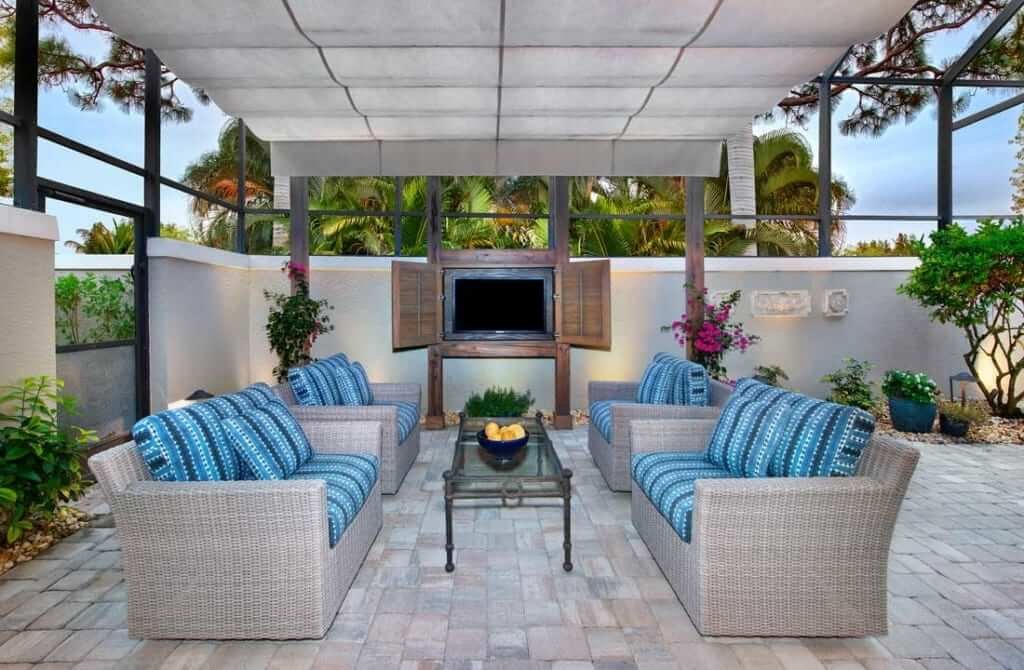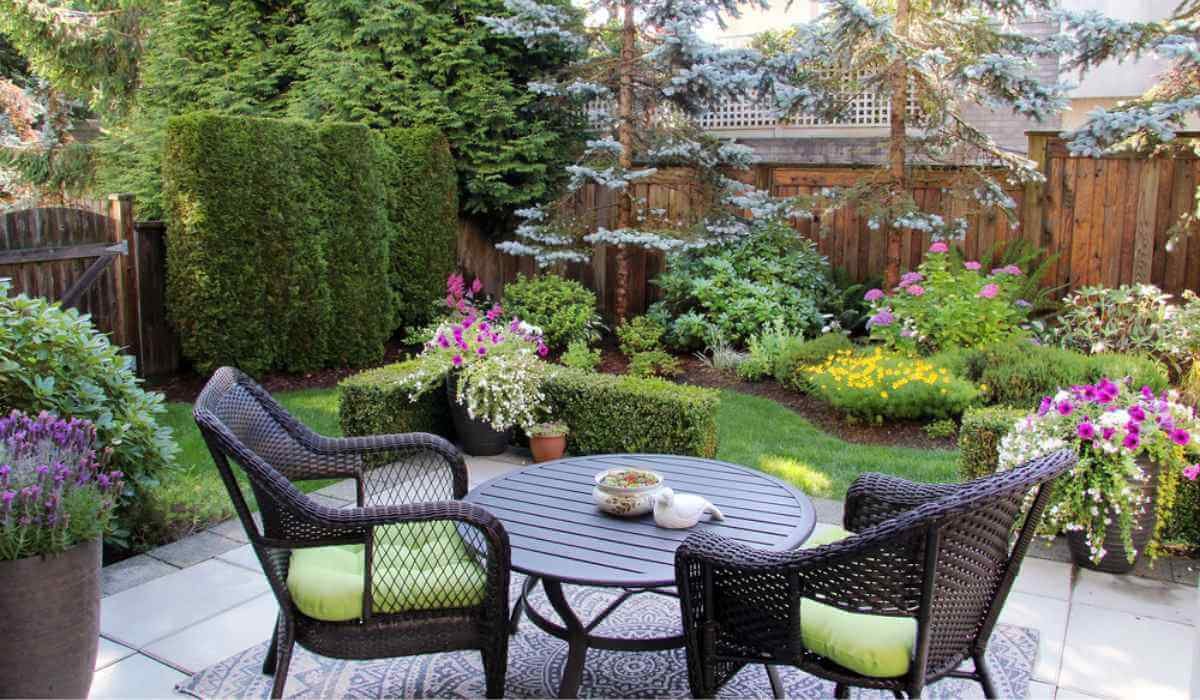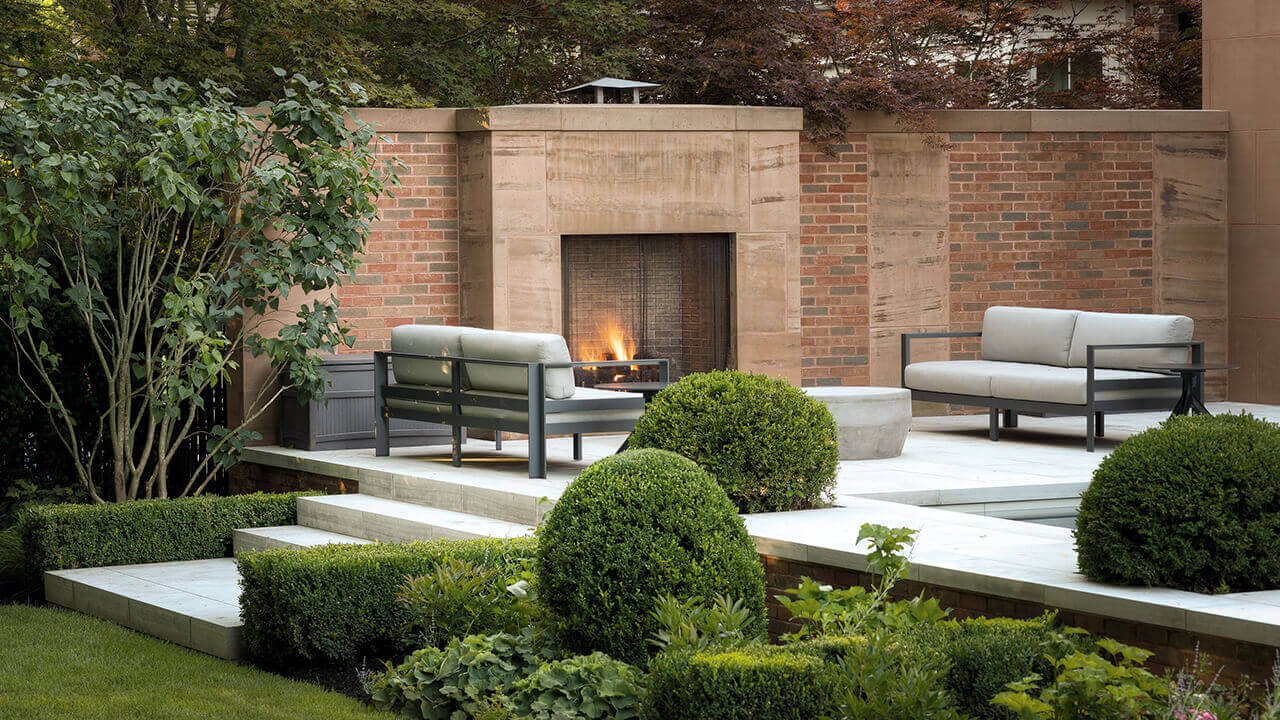Introduction
Markiseteppe is gaining attention across outdoor design and home improvement communities—but what is it really? Whether you’ve seen it featured in garden trends or on stylish patios, Markiseteppe refers to a type of high-quality awning or canopy system, often used in residential or commercial settings for shade and aesthetic appeal. It blends functionality, style, and durability in one smart solution.
In this guide, we’ll explore every aspect of Markiseteppe—from how it works to installation, benefits, design options, and maintenance. If you’re considering installing one or just curious, you’ll find all your answers here.
Understanding Markiseteppe

The Origin of the Term “Markiseteppe”
“Markiseteppe” is a compound term commonly used in Scandinavian and European regions. “Markise” means awning in Norwegian, while “teppe” translates to carpet or covering. Together, the term implies a structured fabric covering used for shade.
What Does a Markiseteppe Look Like?
A typical Markiseteppe includes a retractable or fixed frame, durable fabric, and mounting hardware. They can be motorized or manual, and the fabrics come in many patterns and colors to match any exterior décor.
Benefits of Using a Markiseteppe
Protection from the Elements
Markiseteppe provides excellent protection from the sun, rain, and even light wind. This makes outdoor spaces usable all year round.
Energy Efficiency
By blocking direct sunlight from windows, Markiseteppe helps lower indoor temperatures, reducing air conditioning costs.
Enhances Aesthetics
These awnings add a polished, modern look to homes, cafes, and patios. They can be customized to suit any style.
Increases Usable Space
Turn a sunny patio into a shaded retreat or convert a storefront into an inviting customer area.
Types of Markiseteppe
Retractable Markiseteppe
These can be folded away when not in use, offering flexibility.
Fixed Frame Markiseteppe
More permanent and sturdier, ideal for long-term outdoor structures.
Motorized vs. Manual
Motorized options provide ease of use, while manual ones are budget-friendly and easy to maintain.
Common Uses for Markiseteppe
Home Patios and Decks
Perfect for extending your living space outdoors.
Cafés and Restaurants
Provides customers with shade and weather protection, encouraging longer visits.
Commercial Buildings
Shield storefronts and entryways from the sun and rain.
How to Choose the Right Markiseteppe

Consider Your Climate
If you live in a windy or rainy area, go for high-tension fabric and strong frames.
Match Your Exterior Design
Choose colors and styles that complement your existing design.
Set a Budget
Motorized models cost more upfront but offer long-term convenience.
How to Install a Markiseteppe
DIY or Professional Installation?
Handy homeowners may tackle it themselves, but professionals ensure a secure, safe fit.
Tools and Time Required
Installation usually takes a few hours and requires a drill, ladder, level, and measuring tape.
Mounting Options
It can be attached to walls, ceilings, or roof beams, depending on your structure.
Maintaining Your Markiseteppe
Regular Cleaning Tips
Use a soft brush and mild soap to clean the fabric every few months.
Avoiding Mold and Mildew
Always retract the awning when wet, and let it dry fully before storing.
Winter Storage
If you live in a snowy area, retract and cover the awning during the winter months.
Common Mistakes to Avoid
Ignoring Wind Conditions
Don’t leave the awning open in strong winds—it can damage the frame or fabric.
Choosing the Wrong Size
Measure your space carefully before purchasing to ensure proper coverage.
Poor Maintenance
Neglecting regular upkeep can reduce lifespan and void warranties.
Real-Life Examples
A Family Patio Transformation
A couple in Oslo installed a motorized Markiseteppe to cover their deck. It turned their sun-scorched space into a cool dining area.
Café in Copenhagen
A local café added colorful Markiseteppe to their storefront, increasing foot traffic and seating capacity.
Cost Breakdown
Average Prices
Prices range from $300 for small manual models to $3,000+ for motorized, custom-designed versions.
Installation Costs
Professional installation can cost between $200 and $800, depending on complexity.
Eco-Friendly Aspects
Sustainable Materials
Many Markiseteppe fabrics are made from recycled PET bottles or eco-friendly textiles.
Energy Savings
Reduces indoor cooling needs, which helps cut down on electricity consumption.
Markiseteppe vs. Other Shade Options
| Feature | Markiseteppe | Pergola | Umbrella |
|---|---|---|---|
| Retractable | ✅ Yes | ❌ No | ✅ Yes |
| Weather Protection | ✅ High | ✅ Medium | ❌ Low |
| Customization | ✅ High | ✅ High | ✅ Medium |
| Price Range | 💲💲–💲💲💲 | 💲💲💲 | 💲 |
Trends in Markiseteppe Design for 2025
Smart Features
Voice-activated and app-controlled Markiseteppe systems are trending.
Sustainable Fabrics
Eco-conscious consumers are opting for biodegradable or recycled materials.
Minimalist Designs
Neutral tones and slim frames are dominating modern architecture.
Expert Advice
“Investing in a quality Markiseteppe is not just about shade—it’s about enhancing lifestyle, improving energy efficiency, and adding property value.”
– Lars Jensen, Outdoor Design Expert, Denmark
Conclusion
Markiseteppe offers a smart, stylish solution for outdoor comfort. Whether you’re improving your home, upgrading a business, or just trying to stay cool, it’s a worthwhile investment. With flexible options, energy-saving benefits, and stunning designs, there’s a Markiseteppe for every space.
Explore your options, consult a professional if needed, and enjoy the transformation it brings to your outdoor life.
FAQs
Q1: How long does a Markiseteppe last?
A: With proper care, they can last 10–15 years or more.
Q2: Can I install one on a rental property?
A: Yes, but get landlord approval first and choose non-permanent installation methods.
Q3: Is it safe in storms?
A: No, always retract during high winds or storms to prevent damage.
Q4: Are Markiseteppe waterproof?
A: Most are water-resistant, but not completely waterproof unless specially treated.
Q5: How do I know what size to get?
A: Measure the area you want to cover and add a few extra inches for optimal shade.
